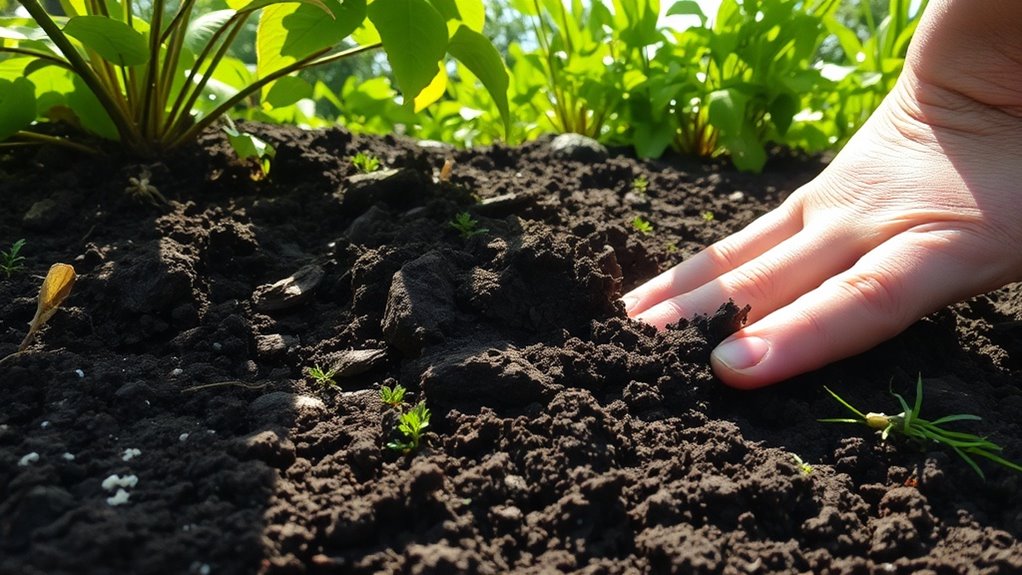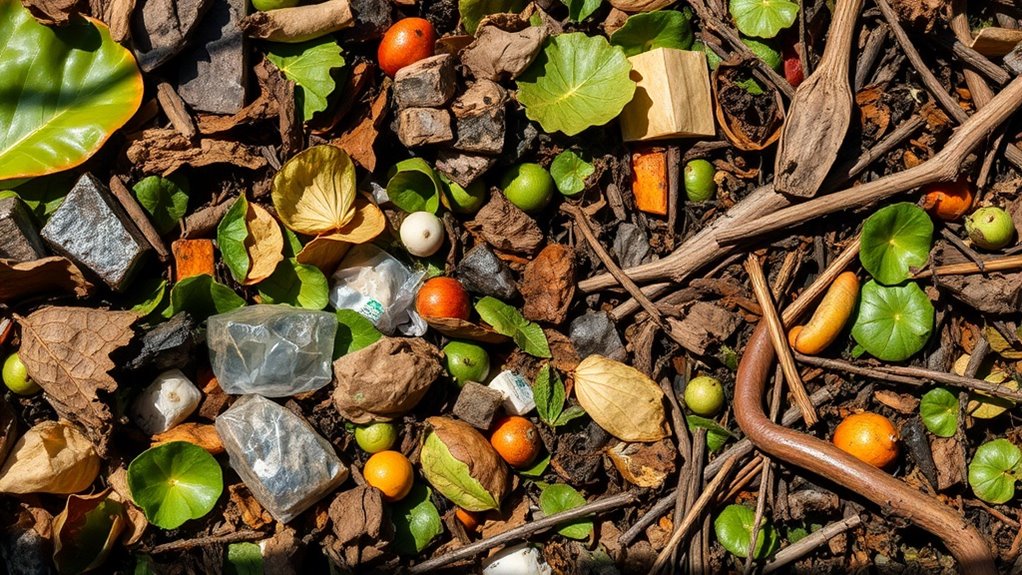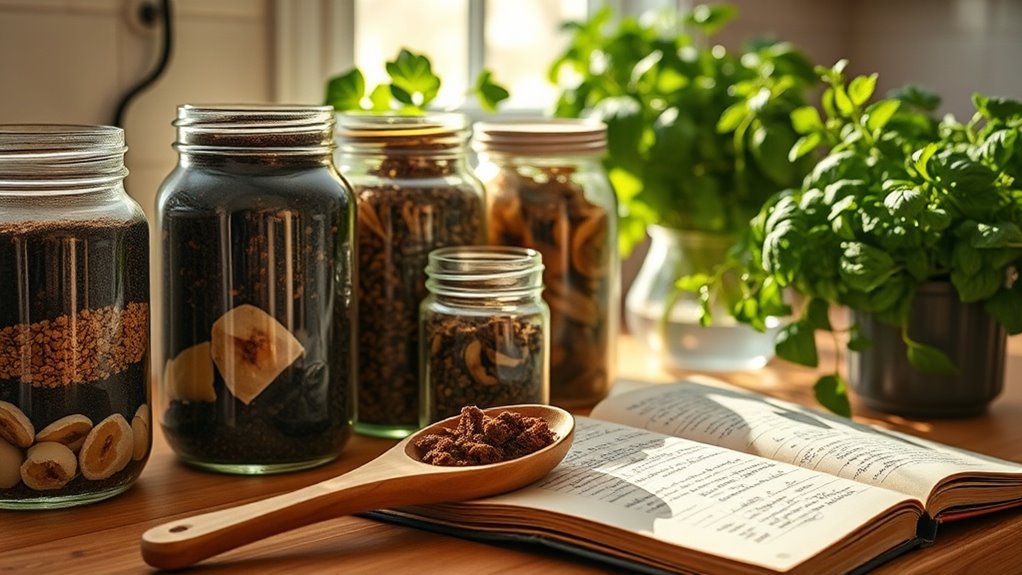Signs Your Soil Needs a Health Boost and How to Fix It
If you notice wilting plants or stunted growth in your garden, it might be time to evaluate your soil. Factors like imbalanced pH levels or insufficient organic matter can inhibit healthy plant development. It’s crucial to identify potential issues, such as compacted soil or unusual pest activity, before implementing effective solutions. Understanding these signs can lead to a healthier garden ecosystem, enhancing both plant vitality and productivity. What steps will you take to restore your soil’s health?
Wilting Plants and Poor Growth
When plants exhibit wilting and poor growth, it often signals underlying soil health issues that need urgent attention. You should assess your soil’s nutrient levels and drainage capacity, as imbalances can hinder plant development. Implementing practices like cover cropping and organic amendments can enhance soil health improvement, fostering a more balanced environment conducive to robust plant growth and resilience against stress factors. Additionally, recognizing signs of struggling garden soil can help you identify specific problems and take corrective measures promptly.
Unusual Pest Activity
Wilting plants and poor growth can create an environment where unusual pest activity flourishes, indicating a potential imbalance in soil health.
Pests often invade stressed plants due to weakened defenses. If you notice increased pest populations, examine your soil’s nutrient levels and organic matter content.
Address deficiencies to restore plant vigor, which helps naturally deter pests and promotes a balanced ecosystem in your garden. Additionally, excessive pesticide use can contribute to soil health deterioration, making it crucial to consider natural pest management strategies.
Imbalanced Soil Ph Levels
How can you tell if your soil’s pH levels are imbalanced? Look for these signs:
- Stunted plant growth or yellowing leaves.
- Poor nutrient absorption, leading to signs of deficiency.
- Increased weed growth, favoring acid or alkaline-tolerant species.
- Unusual soil odors or reduced microbial activity.
Monitoring pH is essential for optimal plant health and productivity.
Regular testing helps you maintain balance.
Low Organic Matter Content
A low organic matter content in soil can significantly hinder plant growth and overall soil health.
Without sufficient organic matter, your soil struggles to retain moisture and nutrients, leading to poor plant vitality.
To rectify this, incorporate compost or well-rotted manure, and consider cover cropping.
These practices enhance microbial activity and improve soil structure, ultimately boosting organic matter levels and ensuring healthy growth.
In addition, adding natural mulch can help retain soil moisture while gradually increasing organic matter as it decomposes.
Compacted Soil Structure
Insufficient organic matter can lead to compacted soil structure, which further diminishes soil health and plant performance.
To address this issue, consider these strategies:
- Aerate the soil to improve airflow and drainage.
- Increase organic matter through compost or mulch.
- Rotate crops to enhance microbial diversity.
- Limit heavy machinery use on wet soil.
Incorporating natural materials such as shredded leaves or straw can also enhance soil health and improve structure. These practices can reinvigorate your soil effectively.
Nutrient Deficiencies and Toxicities
When plants exhibit stunted growth or discolored leaves, you might be facing nutrient deficiencies or toxicities in your soil.
Insufficient nutrients like nitrogen, phosphorus, or potassium disrupt plant functions, leading to malnutrition. Conversely, excess minerals can impede absorption, causing toxicity.
Regular soil testing can identify imbalances, allowing you to amend your soil with fertilizers or organic matter to restore optimal nutrient levels. Additionally, acidic soil can exacerbate these issues, making it essential to monitor pH levels for a thriving garden.





